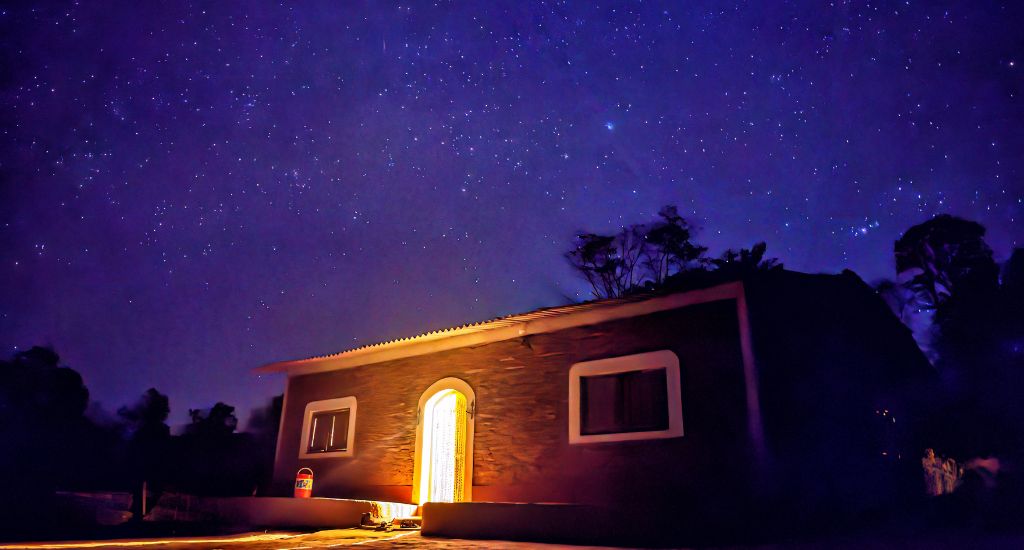
Live like a tribal at these Bastar homestays
With Bastar opening up as a tourist destination lately, homestays are providing additional income to tribal villagers and reducing seasonal migration of locals to cities in search of work.

With Bastar opening up as a tourist destination lately, homestays are providing additional income to tribal villagers and reducing seasonal migration of locals to cities in search of work.
The tribal hinterland of Bastar in Chhattisgarh conjures up two images. The first is a conspicuous stereotype that has shaped public perception – a grim-faced identikit composed by the region’s long-drawn insurgency.
But the news often misses smiley faces that greet intrepid tourists venturing into Bastar’s hidden belly, a breathtakingly beautiful landscape of primordial forests, untainted air, and mirror-like clear water.
As more tourists travel in-country and get drawn to the mystique and myth of Bastar as a remote land, tribal villagers near Kanger Valley National Park in Jagdalpur district are forging a new path by establishing quality homestays.
These homestays focus on giving the visitors a rural-life experience and highlight the regional characteristics of Bastar based on its folk customs, jungle setting, artistic creativity, and unique combination of tribal food and culture.
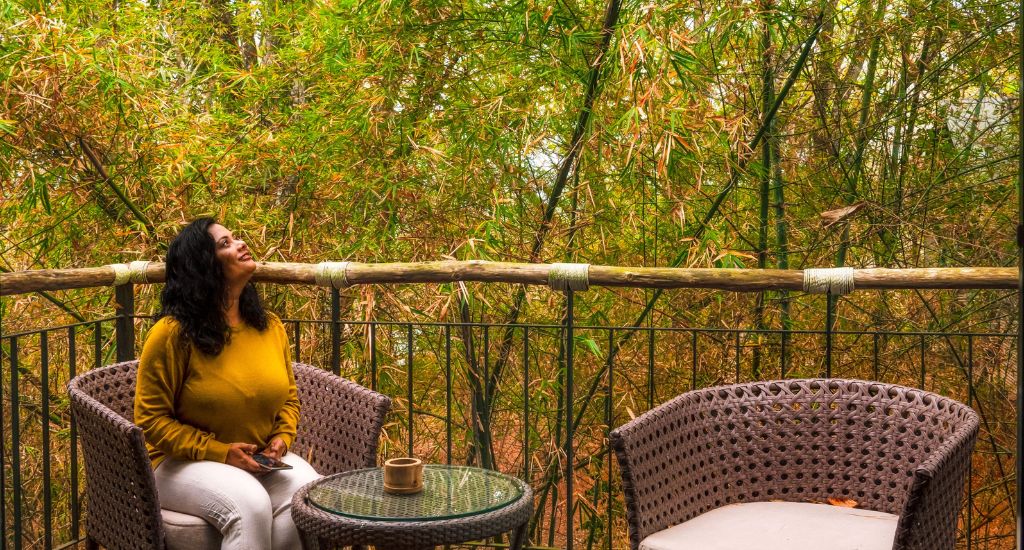
Alongside the homestay industry, a wide range of enterprises have taken root, for example, catering, adventure activities, hiking, and DIY businesses, and upon these, a range of tourist attractions have been shaped. And these have brought much-needed income to the tribal families.
The toothy smile of Maan Singh Baghel and his wife Sumitra never leaves them as they labour on in their homestay, named Dhurwa Dera, in Dhudmaras village on the fringes of Kanger Valley.
Their spic-and-span, well-appointed cottages with modern toilets and the general cleanliness of the surroundings speak of how much the couple from the Dhurwa tribe care for the six guests that their homestay can accommodate at a time.
They cook local, fresh, and earthy food in a thatch-roofed kitchen.
Maan Singh doubles up as a tourist guide. On misty mornings, he takes his guests through winding trails to Kanger Dhara, a cascading waterfall. He often stops by tamarind trees and gives them a good shake with a stick to release the pods packed with sweet and tangy flesh. It’s the tribal equivalent of giving someone candy.
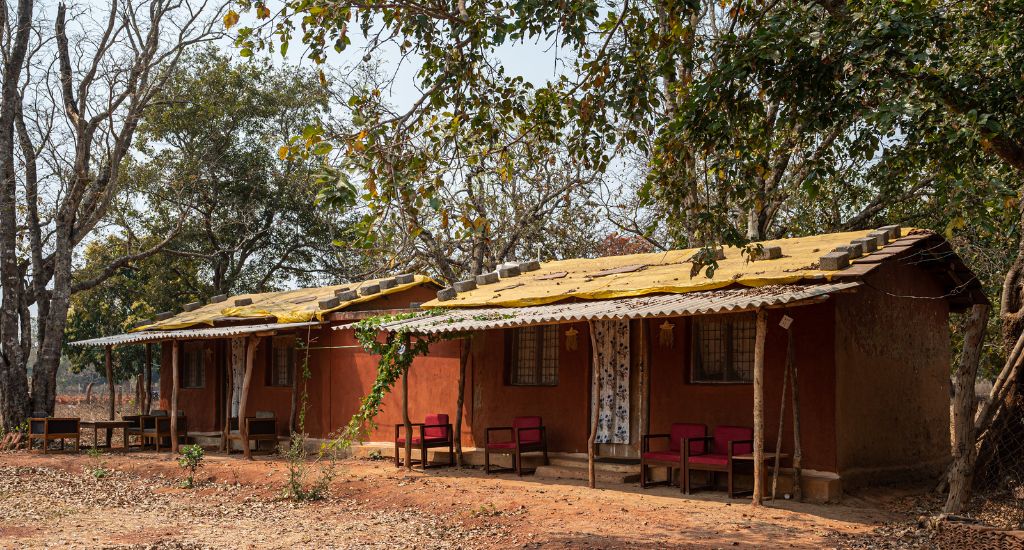
Back at the homestay, Sumitra serves refreshing tea. A Hill Myna flies by scouting for food and perches on a Palash tree in the fields, completing a picture-perfect village morning in Bastar.
A morning walk is a must-do if one stays at Aamcho Laadi, owned and run by Rajneesh Panikar and his wife Urmila in her native village of Manjhipal.
A trek along the protected Kanger Valley’s buffer zone reveals a rich symphony of birds. The place is a birder’s heaven – and locals can tell from bird calls which one is what, without batting an eyelid.
And Panikar, a pioneer of Bastar’s homestay movement, can reel off one anecdote after another in the blink of an eye. He built his first homestay with a friend near Narayanpur in 1988 and went on to set up a few more, before finding success with Aamcho Laadi.
“A homestay is where a guest shares space and meals with the hosts. There is 100% warmth to curate a special experience for each guest. We have so many rich stories to share and traditions to showcase. Any other format would hardly interest a discerning guest,” Panikar said.
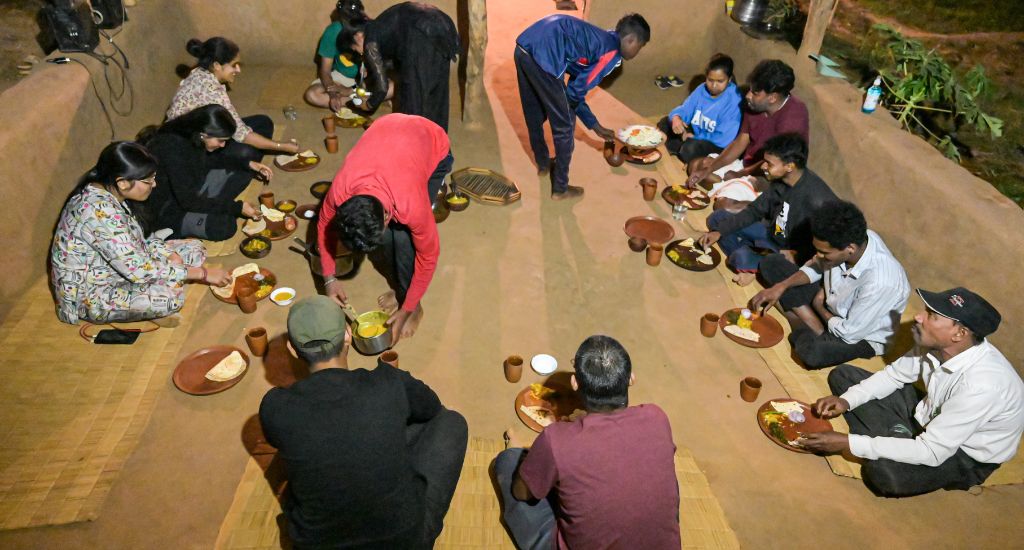
Another staycation option is Bastar Tribal Homestay in Bodal, a drive of about 30 minutes from Jagdalpur city. The owner is Shakeel Rizvi, 56, who had wandered into the remotest interiors of Bastar’s ancient forests and made deep connections with the indigenous Dhurwa, Bhatra, Muria, and Gond tribes.
A German couple Rizvi was helping explore the region in 2008 introduced him to the concept of homestays and “couchsurfing”, or staying at a stranger’s home while travelling on a shoestring budget. He knew instantly what he needed to do for himself and for one of the country’s poorest areas, despite its mineral riches and striking scenery.
A host of hired hands from nearby villages look after Bastar Tribal Homestay, which charges Rs 700 a person, a night. The tariff doesn’t include meals, which are a culinary delight cooked on a wood fire by women from a self-help group – usually of millets served on Sal-leaf plates, dal in a Sal-leaf bowl accompanied with vegetables.
Bliss is a Chaur Bhaja, the tribal equivalent of a tender meat pilaf, downed with a local Mahua brew around a bonfire in the open.
The tourism sector reinforces the government’s push for economic development in the region. Homestays are providing additional economic opportunities and reduce the need for people to migrate for seasonal work.
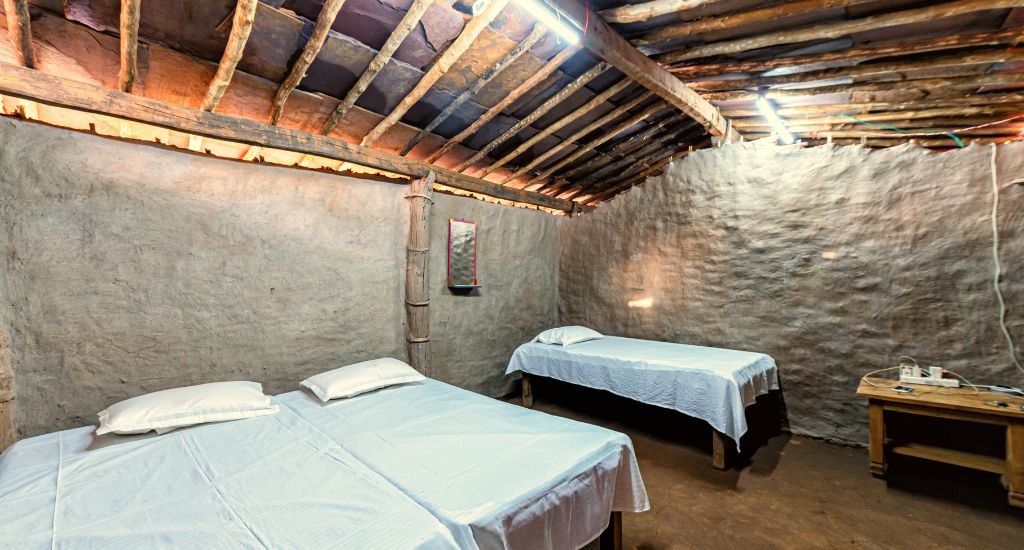
But a lot more is required from the government. Homestays don’t find space on the list of accommodations on the government’s tourism website. According to Panikar, tribal homeowners should be trained to make their businesses better.
A word of caution is also never far away.
“Homestays should be considered a secondary income source rather than primary occupation. In Bastar, where the rural population relies heavily on forest produce and agriculture, homestays offer an additional source of income that can help families earn throughout the year and still pursue their traditional work,” said Jeet Singh Arya, founder of Unexplored Bastar that promotes ecotourism in the region.
The lead image at the top shows a night view at Amcho Ladi (Photo by Chandreyi Bandyopadhyay)
Chandreyi Bandyopadhyay is a digital nomad, blogger and foodie who likes to explore the world and report about exciting customs, traditions and culture.